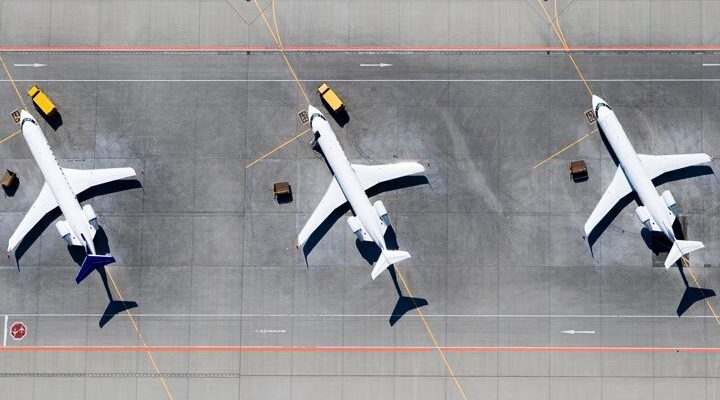In the complex landscape of modern security, the proliferation of unmanned aerial systems UAS presents a formidable challenge. These versatile devices can be deployed for various purposes, from reconnaissance to potential threats such as surveillance or even attacks. Consequently, counter-UAS measures have become paramount in safeguarding airspace integrity and protecting critical infrastructure. Among these measures, surveillance and detection play pivotal roles in identifying and neutralizing unauthorized drone activity. Aerospace counter-UAS red teaming involves simulating adversarial scenarios to test and enhance defense strategies. In this context, effective surveillance is indispensable. It involves the continuous monitoring of airspace to detect and track UAS intrusions promptly. Traditional radar systems remain fundamental in this regard, providing long-range coverage and reliable detection capabilities. However, the evolving nature of UAS technology necessitates the integration of complementary surveillance methods. One such method is the utilization of electro-optical/infrared EO/IR sensors. These sensors offer enhanced visual detection capabilities, especially in low-light conditions or against camouflage.

By leveraging EO/IR technology, aerospace security teams can detect UAS with greater precision and discernment, enabling proactive responses to potential threats. Furthermore, the advent of artificial intelligence AI and machine learning has revolutionized surveillance and detection capabilities. These technologies enable automated analysis of vast amounts of sensor data, facilitating real-time threat assessment and decision-making and contact aevex for custom aerospace drone defense systems. By employing AI-driven algorithms, aerospace security teams can differentiate between benign and malicious UAS activity swiftly, minimizing false alarms and optimizing resource allocation. In addition to ground-based surveillance, airborne platforms play a crucial role in counter-UAS operations. Unmanned aerial vehicles UAVs equipped with advanced sensors serve as force multipliers, extending surveillance coverage and enhancing situational awareness. These UAVs can operate at various altitudes, providing a comprehensive view of the airspace and facilitating rapid response to UAS threats. Moreover, the integration of multiple sensor modalities enhances detection accuracy and resilience against evasion tactics employed by adversarial UAS operators.
By using data from radar, EO/IR sensors, and other sources, aerospace security teams can overcome limitations inherent in individual detection systems, thereby maximizing their effectiveness in countering UAS threats. Nevertheless, effective surveillance and detection in aerospace counter-UAS red teaming require a holistic approach encompassing not only technological solutions but also operational procedures and human expertise. Training and collaboration among security personnel are essential to ensure seamless coordination and response to UAS threats. Additionally, continuous evaluation and refinement of surveillance strategies are imperative to adapt to evolving UAS capabilities and tactics. Furthermore, legal and ethical considerations must be taken into account when deploying surveillance and detection measures in airspace security operations. Privacy concerns and regulatory frameworks dictate the boundaries within which counter-UAS activities can be conducted, necessitating adherence to established protocols and guidelines. By leveraging a diverse array of sensor technologies, including radar, EO/IR sensors, and AI-driven analytics, security teams can effectively detect and mitigate UAS threats in real time. Additionally, the integration of airborne platforms and the cultivation of human expertise are critical components of a comprehensive counter-UAS strategy.



